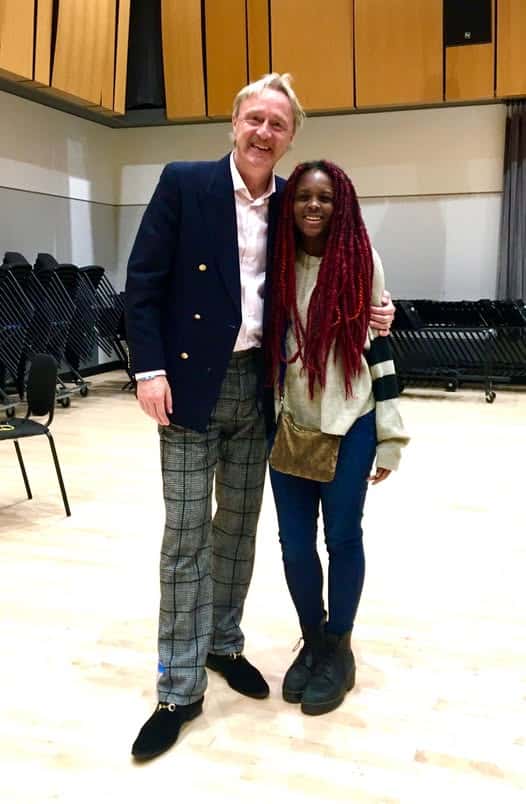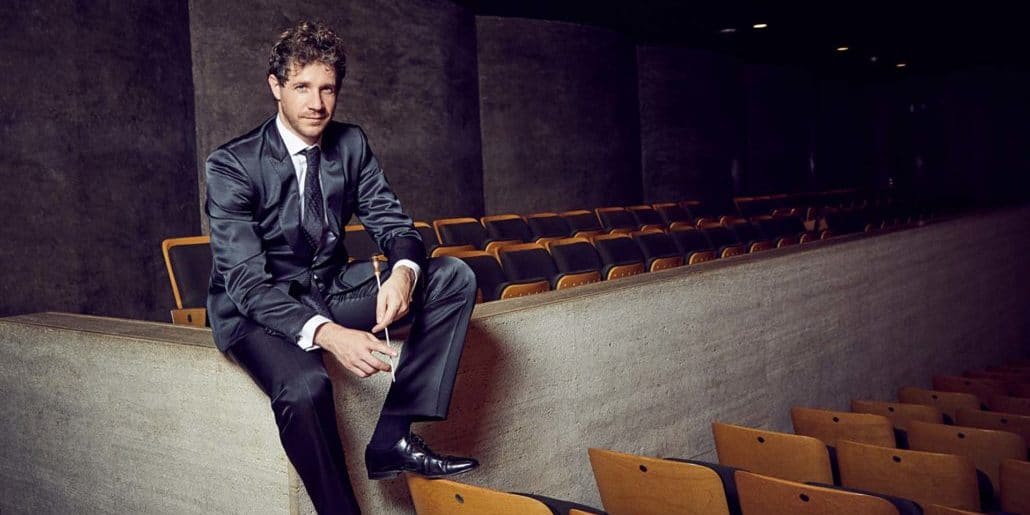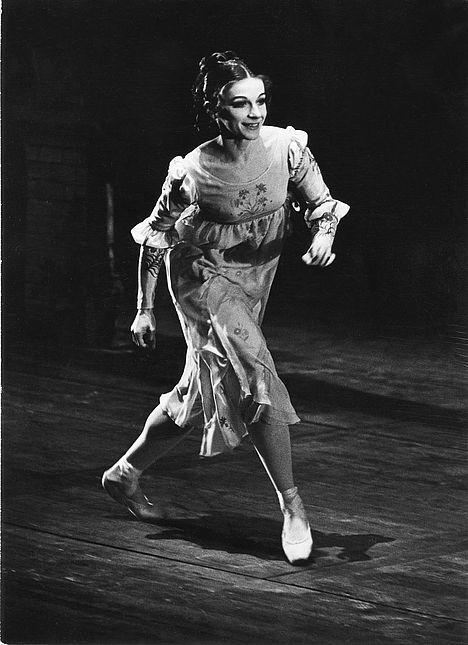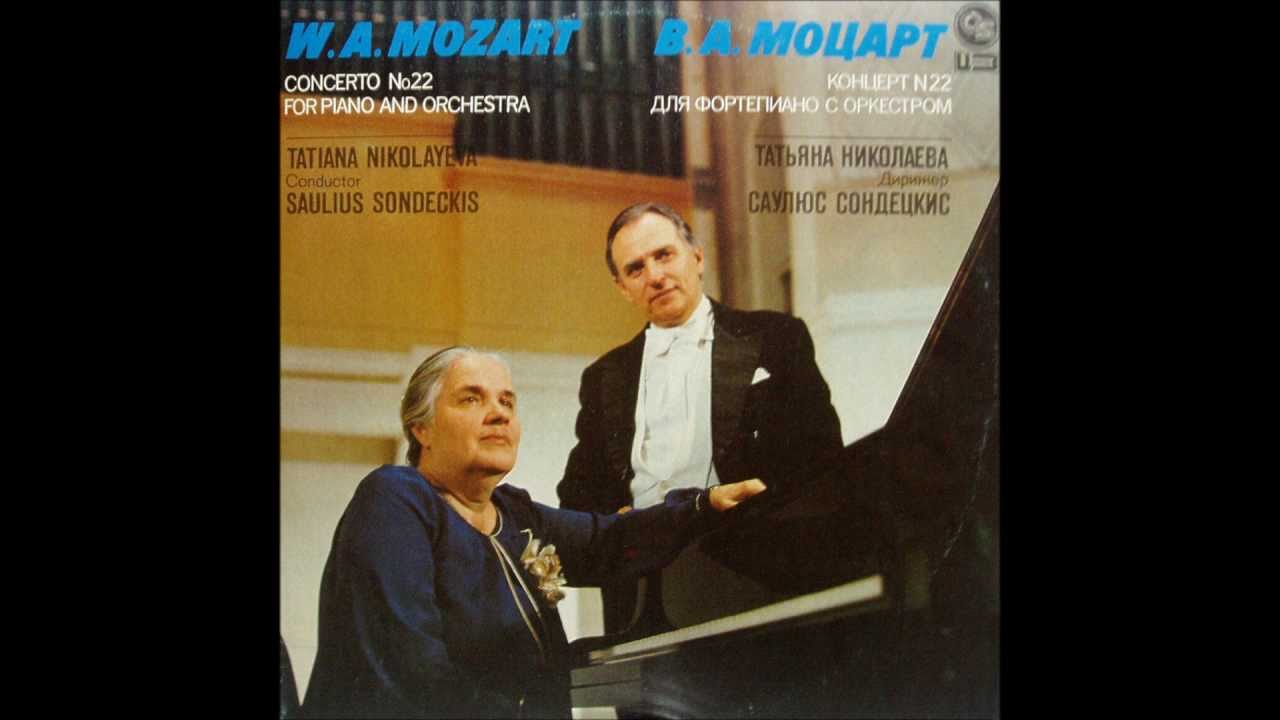Who opened the floodgates by inventing the chin-rest?
mainSkip the first four paragraphs of the attached article and you will learn a great deal about how the violin was forced into the future by means of a wooden contraption. There is much here that I never knew. Click to read.






I believe Louis Spohr was also the guy who invented the idea of putting letters in orchestral parts so that the conductor could say “Letter F, please ladies and gentlemen…” instead of “Can we all go back to that bit that goes tiddle-iddle-om-pom…”
This is half-right. I don’t use a chinrest – but I do use a shoulder-rest. I have no problems shifting. Shifting in tune is as hard as ever, of course.
And when did the shoulder rest come in? I surprised to see people play without one. I would think that damping pressure on the back plate would be diminishing the power of the violin.
As a fiddler trained on a modern violin, I’ve found it EXTREMELY difficult to do away with such new-fangled accouterments as the chin and shoulder rest when trying to play my baroque violin (of the “authentic” kind mentioned in the article, straight neck and all). Relying only on the grip of the left hand to steady the instrument in position when shifting in small steps gradually up and down the fingerboard (as is required in many Baroque pieces) is very tricky, especially shifting downward as the left hand tries to pull the instrument away. Even the works of Jean-Marie Leclair are more demanding in this regard than the solo Bach works. By the time you get to the Beethoven Sonatas, which require even higher notes and wider left-hand shifts, I just can’t conceive how they were successfully played back then, since the first of them are pre-Spohr.
These difficulties are why you see many “Baroque” violinists securing the instrument under their chins, as if there were a chin rest and even though this is position is not attested to in contemporary iconography, nor mentioned in any of the violin tutors of the period (which are, in general, frustratingly uninformative as to such vitals as how to hold the instrument and the bow).
–Sixtus
There’s a lot more info about this in the brilliant historical violinist Stanley Ritchie’s book “The Violin Before the Chinrest”.
A TIPPING POINT TOO FAR, AND A TIP OF THE HAT: This is a great pre-concert talk from the stage–and a terrible tid-bit to travel by itself across the internet as gospel truth. There is a logical thread that runs through the text, connecting skycrapers to chinrests, and that logic rests on the notion of a tipping point in history. I don’t know cantilevered from concrete in urban architecture, but I do know violins–and (1) there is no tipping point, no single feature before which violins were played more quietly, lower, and less heroically, and after which the opposite was the case. (2) All the particulars the author mentions–length and angle of neck, bass bar, and varieties of string designs/materials–changed incrementally as well as altering more quickly, at punctured intervals, from the mid 1500s through the mid-20th century, and continues now. The chinrest is only one element, which from our perspective looking into the past, can be seen first as absent, then present (so this makes it stand out); and its development and promotion is primarily ascribed to one specific person (thus it stands out even more). Most disturbing (3) is the attempt to link the chinrest in particular to an arc describing violin writing from Corelli to Spohr. These composers are as separated in music history as Antonin Dvorak and Nico Muhly. However–Corelli IS on his concert Nov. 3rd at the University of Utah. If I go, and there’s a big crowd, I’ll tip my hat to Mr. Elias–because one true tipping point in the marketing of classical music, is set up by letting way more than enough people know that a great show is happening, with the result that: lots of people actually come.
Why the sneering? Extrapolation is the basis for much good writing. Without it I think you’d find your newspaper and TV channel a lot emptier than it is.
I am a violin / fiddle teacher, and I’m so glad that you posted this. I learned a lot about violin history. The writer is very good.
Dear Pauline, Please read Stanley Ritchie’s book (also available as Kindle/e-book). His writing is even better!
Thanks, Steve. I’ll try to find a copy.